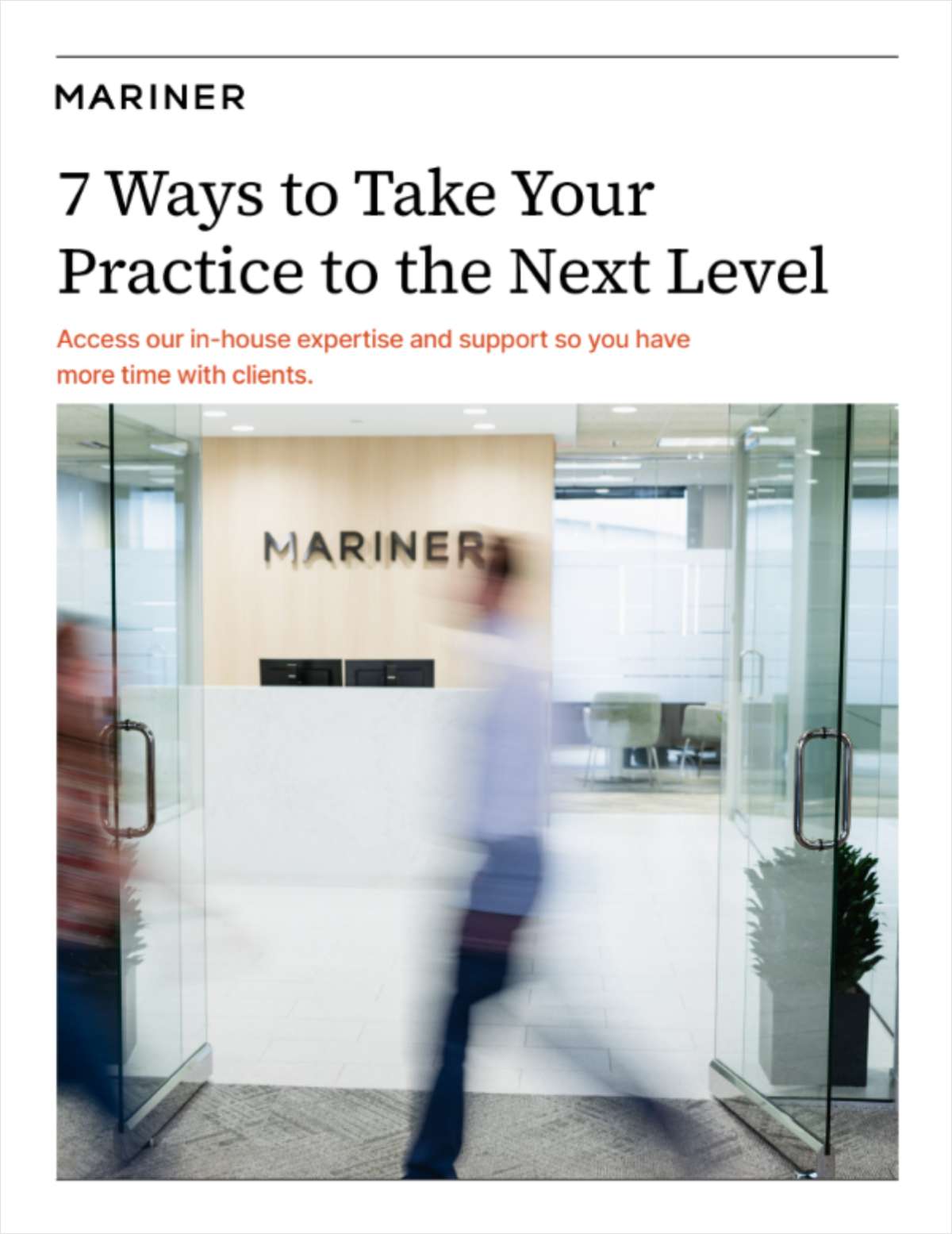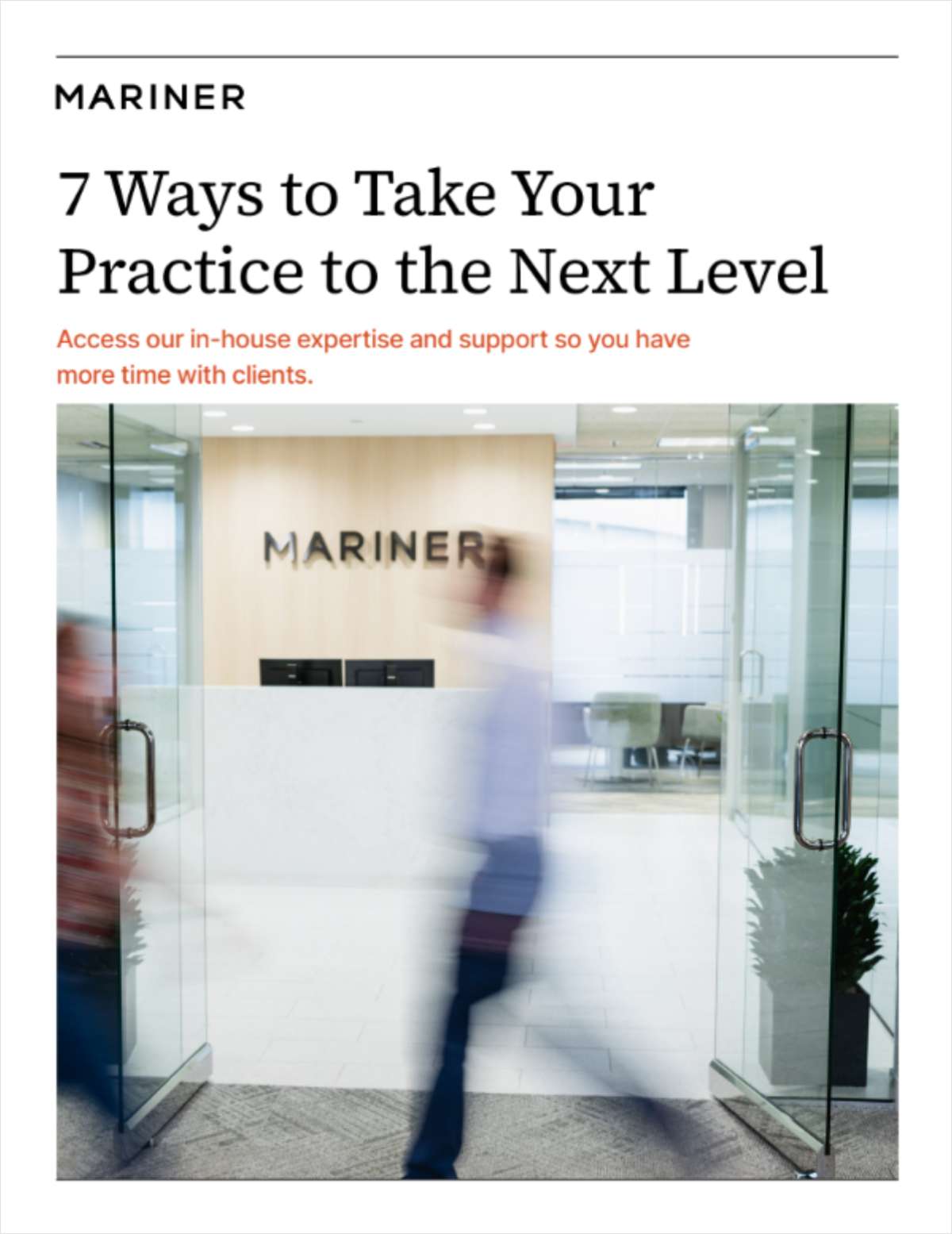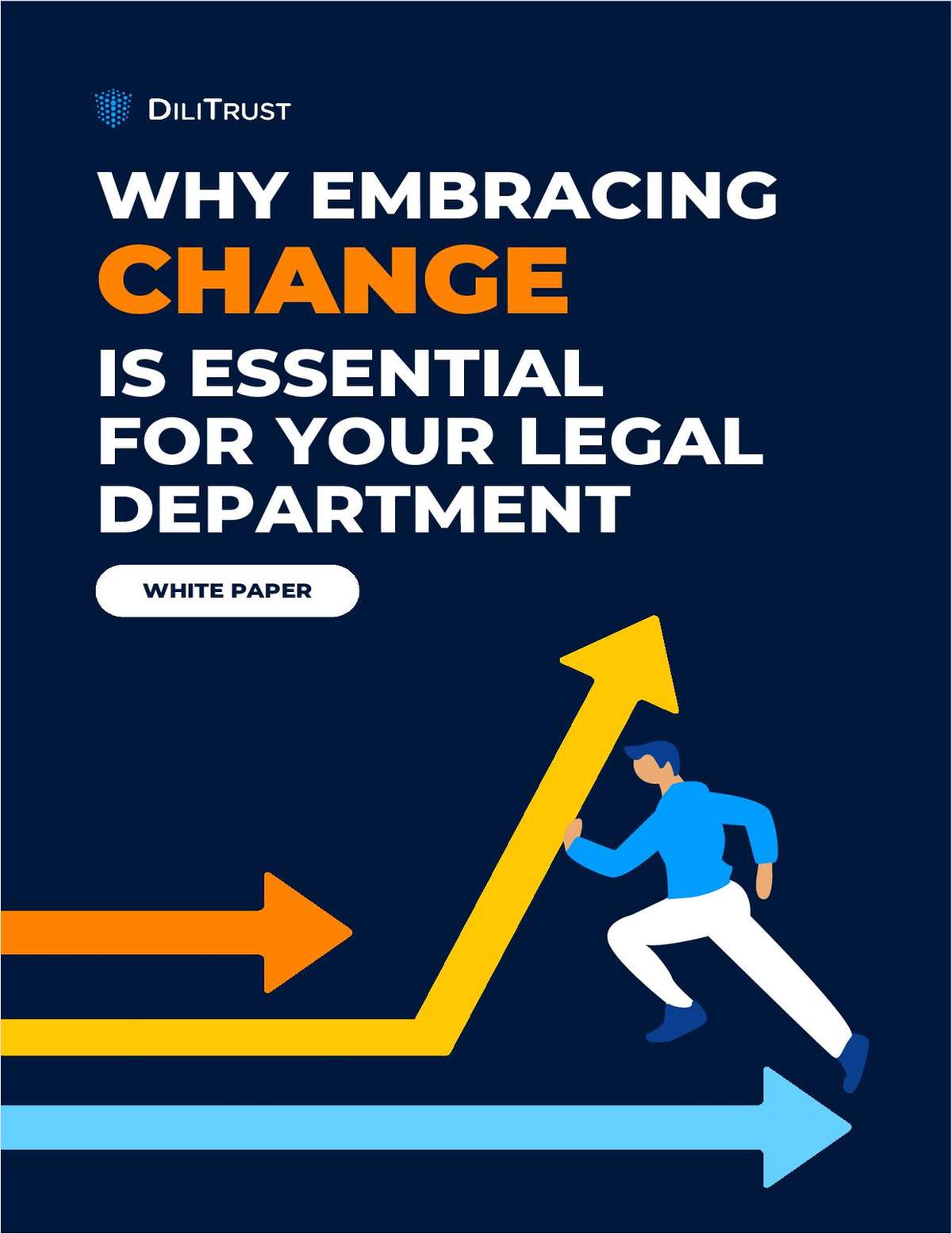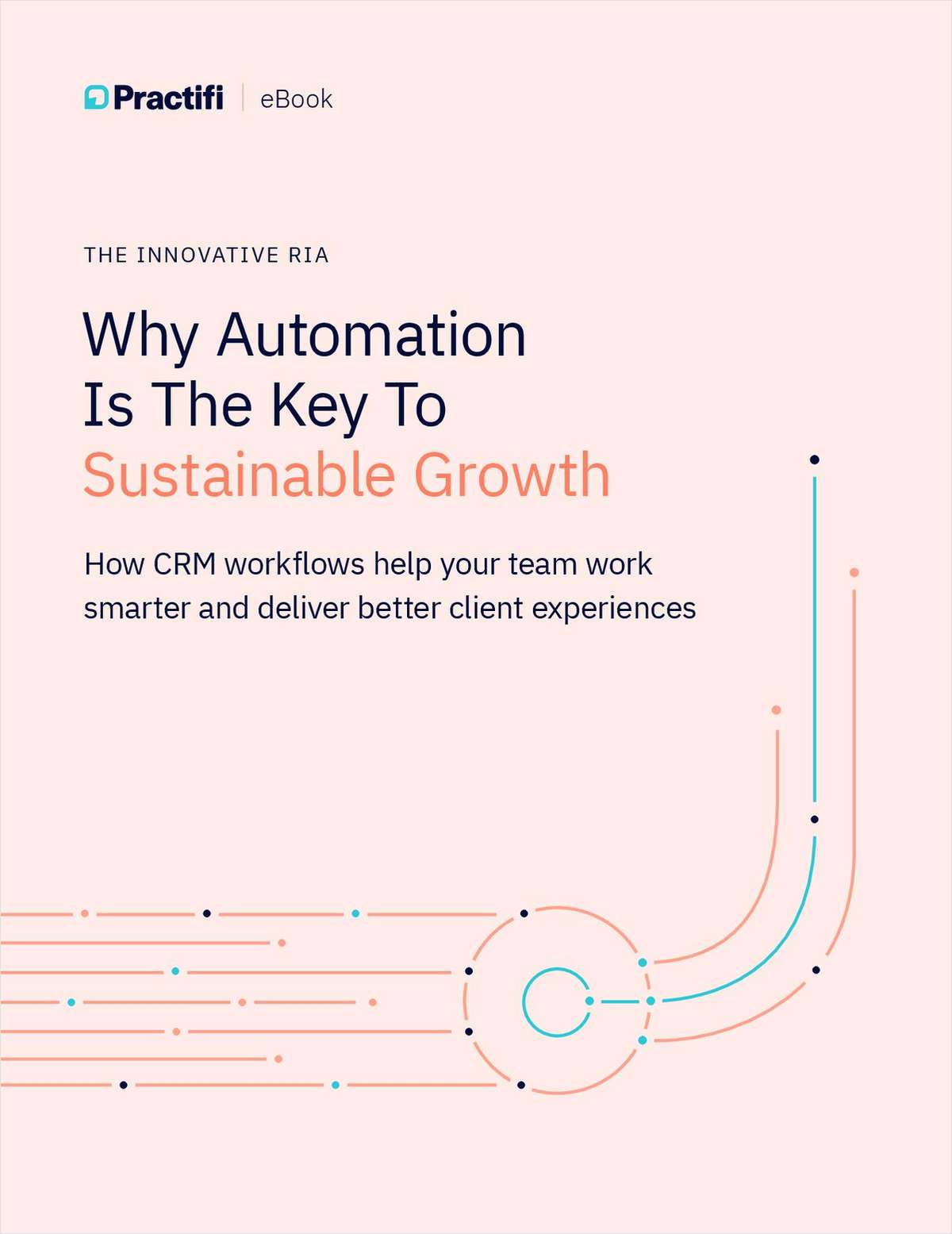Arbitration, With Rich History, Maintains Value to the Public
Arbitration has been around a long time, with records indicating that it was a mainstay of the Connecticut legal structure as early as the 17th century.
February 08, 2018 at 03:45 PM
8 minute read

Arbitration has been around a long time in this country, particularly in New England and Connecticut, with records indicating that arbitration was a mainstay of the Connecticut legal structure as early as the 17th century.
I have previously reported that as early as 1645 the predecessor to our General Assembly recommended that “unnecessary tryalls by jury … might be prevented if arbitration were attended in a more private way.” Research indicates Connecticut passed a statute defining the arbitration process as early as 1753, titled “An Act for the More Easy and Effective Finishing of Controversies by Arbitration.” This reportedly made Connecticut the first colony to adopt an arbitration act. Further, New Haven saw the creation of a business-related arbitration tribunal in 1794.
So the history is long and deep. The primary attractions of arbitration, as the early Connecticut act suggests, were to avoid lengthy and costly trials and thus to achieve efficiency and cost savings. Arbitration achieved its early objectives and has continued—even flourished—until this day.
However, of late there have been a number of concerns expressed about this “streamlined” process, which has had so much to offer, and arbitration seems to a number of regulars at the dispute-resolution table to have slowed down a bit. Some claim arbitrators, proceeding under the philosophy that the process is party-controlled and that the parties should be able to set the speed, have failed to exercise sufficient managerial control to keep proceedings moving apace. Moreover, some of the cost savings the parties have been expected to enjoy seem more theoretical than real. In fact, some claim that a complex dispute could be more costly in arbitration than litigation.
While litigation provides a judge paid by the public judicial system, critics claim that a complex arbitration case requires three arbitrators, each charging a hefty fee. (One study, however, reported that the institutional costs of arbitration do not make up the bulk of total arbitration costs.)
And there are other problems, cry the naysayers, ranging from keeping matters out of public view to bringing people who didn't actually choose arbitration into the process by so-called contracts of adhesion. The phenomenon of the “vanishing trial” has been attributed by some to the prevalence of arbitration. Still others continue to claim that the arbitration process often tends to bring about a “split the baby” result.
The ADR industry and the primary service providers have long taken such concerns seriously and emphasize efficiency and active case management. A review of their websites finds references to innovation, custom-tailoring processes to the dispute at hand, seeking out expedited procedures and achieving savings of cost and time. The American Arbitration Association (AAA), for example, has produced a document for CEOs and CFOs outlining the top 10 suggestions to make arbitration faster and more cost-effective. By all indications, ADR provider organizations are taking the issue of productivity and efficiency very seriously and are producing good results. They take much pride in their arbitration services and ADR processes, deservedly so.
However, demonstrating the effectiveness of arbitration processes by substantiated metrics can be a challenge. During the past 25 years, numerous organizations, institutions and scholars have sought to compile meaningful statistics and studies to validate arbitration's success. Many of these studies and reports have been quite convincing, as a number of indicators have demonstrated that arbitration continues to produce good results.
In 1993, a Deloitte & Touche study surveyed attorneys and corporations to test ADR use and satisfaction. While results varied somewhat for arbitration and mediation, overall results indicated satisfaction with ADR and its effectiveness. More than three-quarters of extensive users reported substantial cost savings. (It should be noted, however, that a very small percentage did report they considered ADR to be more expensive than litigation.)
A 1997 study surveyed legal counsel at some of the 1,000 largest U.S. companies. Again, perceptions were measured. The authors pointed out that “no one has captured the kind of hard data needed to support these perceptions.” The analysis conducted by David Lipsky and Ronald Seeber of the Cornell University/PERC Institute on Conflict Resolution reported ADR to be generally faster and cheaper. But the corporate respondents expressed some reservations about both mediation and arbitration. Specific concerns about arbitration included limitations on rights of appeal, discovery and rules of evidence.
A subsequent study of Fortune 1000 companies was conducted in 2011 by the Scheinman Institute on Conflict Resolution at Cornell, the Straus institute at Pepperdine Law School and the CPR Institute. This survey reported that saving time and money as reasons for ADR selection (the 2011 study asked about “ADR” rather than arbitration and mediation for this question) were as high or slightly higher than the 1997 level.
Professors Thomas J. Stipanowich and J. Ryan Lamar conducted a thoughtful and detailed analysis and comparison of both studies. They also presented comprehensive insights on the background, growth, development, trends and future of ADR through a wider lens. While they found the studies to be generally favorable of ADR use, they did discern “undercurrents of concern regarding arbitration processes.” But even as they noted some erosion of arbitration use and an ascent in mediation, they concluded that “binding arbitration is and always will be a critical and essential feature of the landscape of commercial dispute resolution.” Despite that conclusion, they commented at length about some critical concerns about arbitration generally as well as in specific contexts such as employment and consumer areas.
A 2011 Rand Corp. study of perceptions of corporate counsel in business-to-business arbitration found a substantial majority of counsel reported that arbitration saves time, but only a bare majority thought it saved money. Significantly, issues of cost and time savings were by no means the only factors influencing their decisions about using arbitration. Other factors weighing in favor or against arbitration use included the complexity of the case, the need to retain an adjudicator with specific experience, concerns over confidentiality, avoiding a volatile, emotion-based jury award and a concern again about the arbitrator splitting the baby.
Others have continued to analyze many aspects of dispute resolution processes. An attempt to identify them all goes beyond the scope of this article. As just one example, the AAA cited a study by Micronomics, an economic research firm, indicating substantial time and cost savings in arbitration. The study found that on average federal trial court cases took 12 months longer to reach trial than did cases adjudicated by arbitration. (The actual numbers were 11.6 to 24.2 months.) The study also reported substantial savings in connection with “direct losses associated with additional time to trial required for district court cases as compared with AAA arbitration.”
All of these studies seem to have a consistent theme: arbitration continues to produce good results and is extensively used, particularly in commercial matters. While mediation has become a worthy competitor and often a partner to arbitration, the arbitration process, when selected by parties and counsel who are truly committed to efficiency and when properly managed by the neutral, brings about clear cost and time savings.
Nonetheless, the concerns about the process expressed by attorneys and corporate executives, as well as by consumers and employees, must be understood and addressed. Arbitration can no longer be considered the only alternative game in town and must be considered together with a wide spectrum of other dispute resolution processes. Further, its infrastructure needs to be continuously evaluated and strengthened in a number of ways, just one of which is the adoption of the Revised Uniform Arbitration Act, which deals with issues such as dispositive motions, discovery and consolidation.
Arbitration, especially in business-to-business matters, appears to be alive and well. While it has experienced some permutations, it continues to be a viable and efficient alternative, offering cost and time savings in addition to other benefits such as greater party control, finality of result and the opportunity to have matters adjudicated by neutrals who have the sought-after subject matter and process expertise, particularly in complex matters.
While it still has some warts, arbitration continues to be an effective and favored mainstay in the growing menu of dispute resolution processes.
Harry N. Mazadoorian is a commercial arbitrator, mediator and member of the American Arbitration Association's Master Mediator Panel. He is the distinguished senior fellow at the Center for Dispute Resolution at Quinnipiac University School of Law.
This content has been archived. It is available through our partners, LexisNexis® and Bloomberg Law.
To view this content, please continue to their sites.
Not a Lexis Subscriber?
Subscribe Now
Not a Bloomberg Law Subscriber?
Subscribe Now
NOT FOR REPRINT
© 2024 ALM Global, LLC, All Rights Reserved. Request academic re-use from www.copyright.com. All other uses, submit a request to [email protected]. For more information visit Asset & Logo Licensing.
You Might Like
View All
Who Owns a Social Media Marketing Account? It's Pretty Simple, Really

Consumer Arbitration Clause Concerns: How Can We Ensure a Fair Process?
5 minute read
Trending Stories
- 1As 'Red Hot' 2024 for Legal Industry Comes to Close, Leaders Reflect and Share Expectations for Next Year
- 2Call for Nominations: Elite Trial Lawyers 2025
- 3Senate Judiciary Dems Release Report on Supreme Court Ethics
- 4Senate Confirms Last 2 of Biden's California Judicial Nominees
- 5Morrison & Foerster Doles Out Year-End and Special Bonuses, Raises Base Compensation for Associates
Who Got The Work
Michael G. Bongiorno, Andrew Scott Dulberg and Elizabeth E. Driscoll from Wilmer Cutler Pickering Hale and Dorr have stepped in to represent Symbotic Inc., an A.I.-enabled technology platform that focuses on increasing supply chain efficiency, and other defendants in a pending shareholder derivative lawsuit. The case, filed Oct. 2 in Massachusetts District Court by the Brown Law Firm on behalf of Stephen Austen, accuses certain officers and directors of misleading investors in regard to Symbotic's potential for margin growth by failing to disclose that the company was not equipped to timely deploy its systems or manage expenses through project delays. The case, assigned to U.S. District Judge Nathaniel M. Gorton, is 1:24-cv-12522, Austen v. Cohen et al.
Who Got The Work
Edmund Polubinski and Marie Killmond of Davis Polk & Wardwell have entered appearances for data platform software development company MongoDB and other defendants in a pending shareholder derivative lawsuit. The action, filed Oct. 7 in New York Southern District Court by the Brown Law Firm, accuses the company's directors and/or officers of falsely expressing confidence in the company’s restructuring of its sales incentive plan and downplaying the severity of decreases in its upfront commitments. The case is 1:24-cv-07594, Roy v. Ittycheria et al.
Who Got The Work
Amy O. Bruchs and Kurt F. Ellison of Michael Best & Friedrich have entered appearances for Epic Systems Corp. in a pending employment discrimination lawsuit. The suit was filed Sept. 7 in Wisconsin Western District Court by Levine Eisberner LLC and Siri & Glimstad on behalf of a project manager who claims that he was wrongfully terminated after applying for a religious exemption to the defendant's COVID-19 vaccine mandate. The case, assigned to U.S. Magistrate Judge Anita Marie Boor, is 3:24-cv-00630, Secker, Nathan v. Epic Systems Corporation.
Who Got The Work
David X. Sullivan, Thomas J. Finn and Gregory A. Hall from McCarter & English have entered appearances for Sunrun Installation Services in a pending civil rights lawsuit. The complaint was filed Sept. 4 in Connecticut District Court by attorney Robert M. Berke on behalf of former employee George Edward Steins, who was arrested and charged with employing an unregistered home improvement salesperson. The complaint alleges that had Sunrun informed the Connecticut Department of Consumer Protection that the plaintiff's employment had ended in 2017 and that he no longer held Sunrun's home improvement contractor license, he would not have been hit with charges, which were dismissed in May 2024. The case, assigned to U.S. District Judge Jeffrey A. Meyer, is 3:24-cv-01423, Steins v. Sunrun, Inc. et al.
Who Got The Work
Greenberg Traurig shareholder Joshua L. Raskin has entered an appearance for boohoo.com UK Ltd. in a pending patent infringement lawsuit. The suit, filed Sept. 3 in Texas Eastern District Court by Rozier Hardt McDonough on behalf of Alto Dynamics, asserts five patents related to an online shopping platform. The case, assigned to U.S. District Judge Rodney Gilstrap, is 2:24-cv-00719, Alto Dynamics, LLC v. boohoo.com UK Limited.
Featured Firms
Law Offices of Gary Martin Hays & Associates, P.C.
(470) 294-1674
Law Offices of Mark E. Salomone
(857) 444-6468
Smith & Hassler
(713) 739-1250











